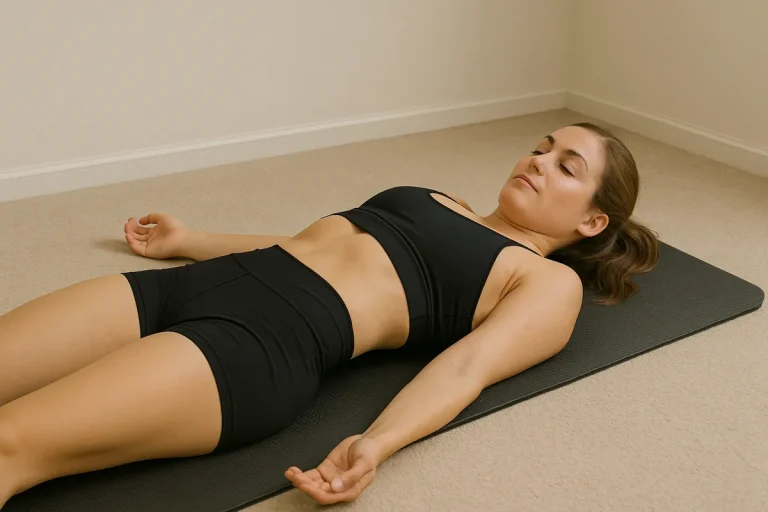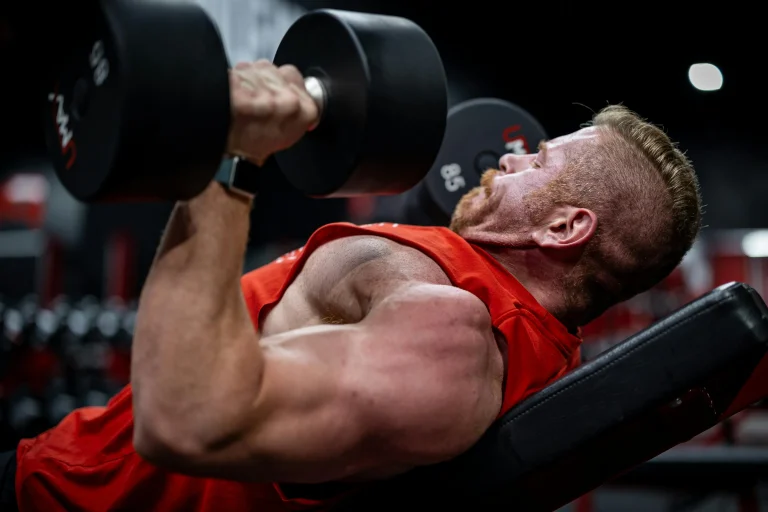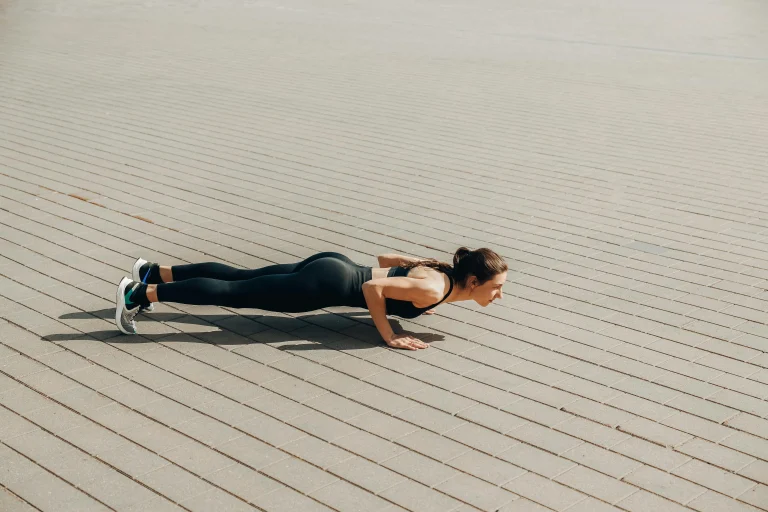Recovery is no longer just about stretching and sleep. Athletes and wellness enthusiasts are turning to temperature based therapies namely cold plunges and saunas to speed up recovery, reduce inflammation, and boost overall performance. Both methods offer unique benefits, but they work in very different ways. So which one is better for recovery?
Let’s dive into the science behind cold and heat exposure, compare their effects on the body, and help you decide which method fits your goals.
What Happens During a Cold Plunge?
A cold plunge involves immersing the body in water typically between 10–15°C (50–59°F) for a short period usually 3 to 10 minutes. This sudden exposure to cold triggers a cascade of physiological responses.
Key benefits of cold plunges:
- Reduces inflammation and muscle soreness
- Constricts blood vessels, then promotes circulation upon rewarming
- Activates the parasympathetic nervous system for calming effects
- Enhances mood through norepinephrine release
- May improve sleep quality and immune function
Cold exposure is a form of hormetic stress short-term stress that leads to long-term adaptation. It’s especially popular among strength athletes and endurance runners for its anti-inflammatory effects and mental reset.Your Weekly Wellness Boost
What Happens in a Sauna?
Saunas expose the body to high heat—typically 70–100°C (158–212°F)—for 10 to 20 minutes. This heat stress increases heart rate, promotes sweating, and stimulates a range of recovery mechanisms.
Key benefits of sauna use:
- Improves circulation and cardiovascular health
- Promotes muscle relaxation and joint mobility
- Supports detoxification through sweating
- Enhances growth hormone release for tissue repair
- May reduce stress and improve mental clarity
Sauna therapy has been practiced for centuries, with research showing its positive effects on heart health, endurance, and even longevity. It’s especially useful for active recovery and reducing chronic tension.
Comparing Recovery Benefits: Cold vs Heat
Both cold plunges and saunas support recovery, but they do so through different mechanisms. Here’s how they stack up:
| Benefit | Cold Plunge | Sauna |
|---|---|---|
| Inflammation Reduction | ✅ Strong effect | ⚠️ Mild effect |
| Muscle Soreness Relief | ✅ Effective post-intense | ✅ Effective post-light |
| Circulation Boost | ✅ After rewarming | ✅ During heat exposure |
| Mental Reset | ✅ Sharp, energising | ✅ Calming, meditative |
| Hormonal Response | Norepinephrine spike | Growth hormone release |
| Cardiovascular Support | ⚠️ Indirect | ✅ Direct improvement |
| Sleep Quality | ✅ May improve | ✅ May improve |
Cold plunges are ideal for acute recovery especially after high-intensity workouts. Saunas are better for general wellness, relaxation, and long-term cardiovascular support.
How to Use Each Method Effectively
To get the most out of either therapy, timing and frequency matter. Here’s how to incorporate them into your routine:
Cold Plunge Tips:
- Use post-workout for inflammation and soreness
- Limit sessions to 5–10 minutes to avoid overstimulation
- Avoid immediately after strength training if muscle growth is the goal
- Pair with breathwork for added nervous system benefits
Sauna Tips:
- Use on rest days or after light workouts
- Stay hydrated before and after sessions
- Combine with stretching or meditation for deeper recovery
- Aim for 2–4 sessions per week for cardiovascular benefits
Some athletes also use contrast therapy alternating between hot and cold exposure to stimulate circulation and recovery. This method may offer combined benefits, but it’s best used with guidance.
Which One Should You Choose?
The best recovery method depends on your goals, preferences, and how your body responds. If you’re dealing with soreness, inflammation, or need a quick mental reset, cold plunges are highly effective. If you’re looking to relax, improve circulation, and support long-term health, saunas are a great choice.
Many people find value in using both cold plunges for acute recovery and saunas for overall wellness. The key is consistency and listening to your body.






